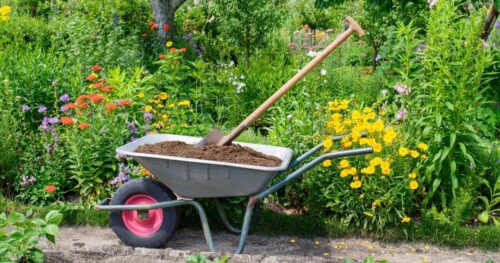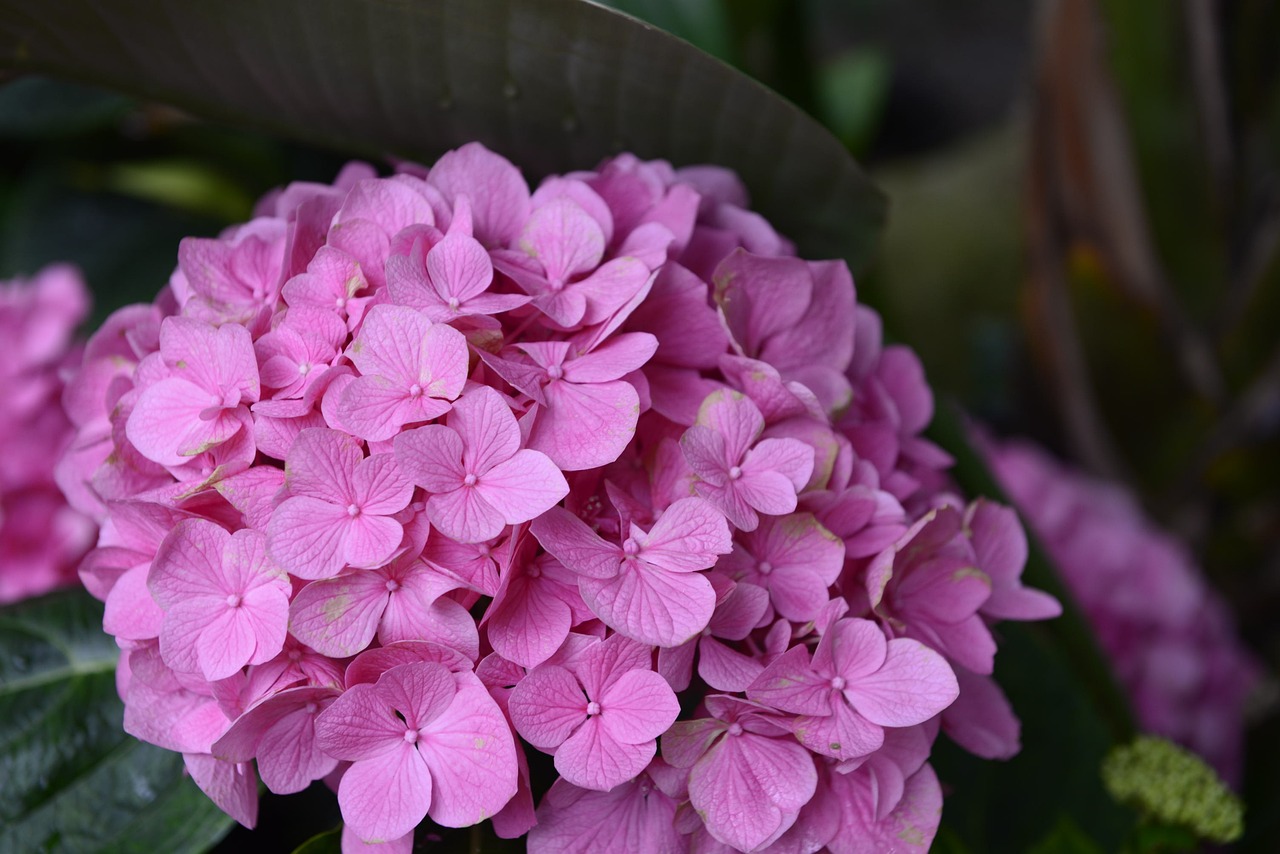Read this Spring Fertilizing Guide and find when to feed the plants in spring and which plant food has to be applied for the best growth.
Spring is a beautiful time as plants start growing new shoots and buds. It is also when we should start feeding plants. In spring, the fertilizer works really well because the soil is just the right temperature for plants to soak up the nutrients they need. When exactly to fertilize in spring depends on the type of plant and how warm or cold it is outside. This guide will provide you with the best Spring Fertilizing tips.
When the weather starts getting warmer, many gardeners think about what fertilizer to use in spring and when to use it on their garden plants. The best fertilizer for spring can be figured out by doing a soil test. This test will tell you what nutrients and minerals your soil needs more. Different plants have diverse requirements, so it is also important to know what specific nutrients each type of plant likes.
Read: What is a Balanced Fertilizer
Spring Fertilizing Information

The soil in your garden might initially contain all the nutrients plants need, but over time, those nutrients get used up and must be replaced. If you add organic materials to the soil regularly, it might become rich enough without needing extra fertilizer. But the best way to be sure is to do a soil test.
You can buy soil test kits at garden centers or nurseries, or you can collect soil samples and send them to local Extension offices for analysis. It is also important to know the pH level of your soil. If your soil is acidic, adding lime before fertilizing can help balance it out. This makes it easier for plants to absorb nutrients. Ideally, most plants prefer a pH level between 6.0 and 7.0. If the pH is lower, it means the soil is acidic, which can make it harder for plants to get the nutrients they need.
Right Time to Fertilize in Spring
When soil temperature starts to rise, plants begin growing actively after dormancy. Feed the plants when they are dormant or when they are not under stress, like in intense heat. For example, sod grasses have to be fertilized when they are growing actively with enough moisture.
For all plants, it’s important to either mix fertilizer into the soil or use liquid fertilizer. Perennials, which come back each year, usually don’t need much fertilizer. Sometimes, giving them too much can make them grow too tall and thin. When you start working in the garden soil, it’s a good idea to add a slow-release, granular fertilizer. This helps plants like vegetables and ornamental flowers get nutrients slowly over time for steady growth.
What Fertilizer to Use in Spring
The ideal fertilizer to be used in spring depends on the plant species. For example, Rhododendrons enjoy acidic soil; hence, using a fertilizer made for these types of plants can help them grow better.
All-purpose fertilizers contain the essential nutrients and minerals that most plants require and are suitable for many conditions. Lawns typically require more nitrogen compared to flowering plants. The numbers on fertilizer packaging indicate the levels of each nutrient, with the first number representing nitrogen, the second for phosphorus, and the third for potassium.
Natural fertilizers such as leaf litter, compost, bonemeal, and wood ash can also fulfill the basic needs of plants. Using a combination of organic and synthetic fertilizers can be beneficial, especially when obtaining large amounts of organic material is challenging.
Best Spring Fertilizers for Your Lawn
There are many options to consider when selecting lawn fertilizer. The first step is identifying the type of grass you have. Fertilizers are labeled for specific grass types, such as “cool season” and “warm season” varieties. Ensure that the fertilizer you choose matches the type of grass in your lawn.
Next, you’ll need to decide between granular and liquid fertilizer. Granular fertilizer releases nutrients gradually over time, making it suitable for slower-growing grass. On the other hand, liquid fertilizer delivers results more quickly, which might be preferable for rapidly growing grass. Consider which option will be most effective for your lawn.



